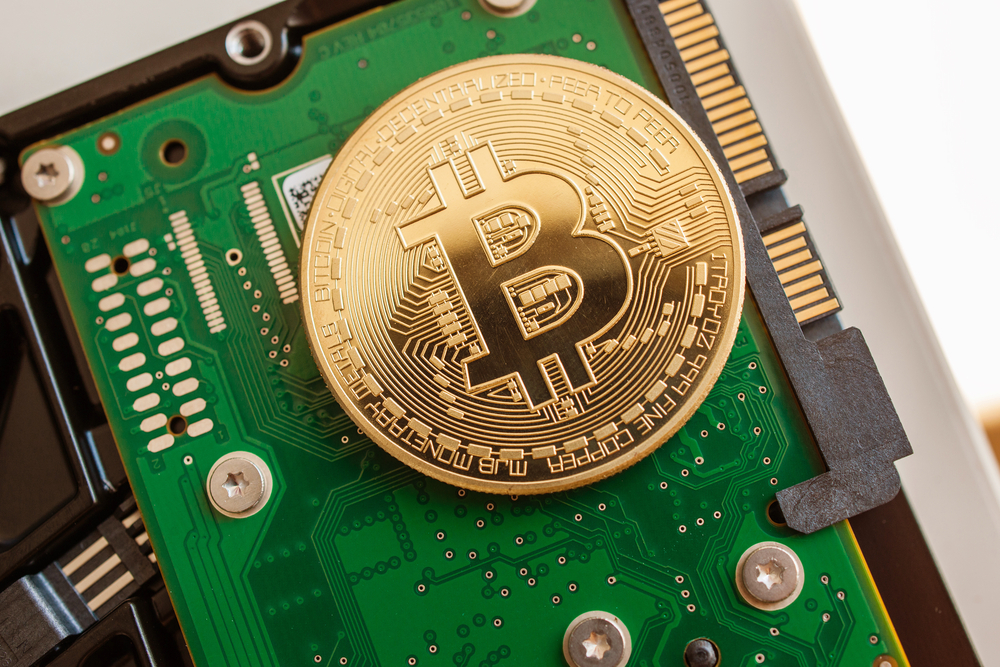Cryptocurrency enthusiasts will often hear how miners have to provide more powerful hardware to keep up with the mining difficulty. To some people, this may sound strange, as the mining difficulty doesn’t become more difficult in the traditional sense. The difficulty is a unit of measurement designed to indicate how difficult it is to find a hash below the given target, either on the bitcoin network or any other currency that can be mined through proof-of-work.
Mining Difficulty is An Interesting Concept
Everyone who ever dreams of mining bitcoin or another cryptocurrency have somewhat of a learning curve to go through. One aspect of mining cryptocurrency revolves around the current “difficulty”. Although this difficulty does not change the mining process per se – you need hardware, electricity, software, and a mining pool – the process becomes more difficult and complex under the hood.
To be more specific, the mining difficulty is determined by several factors. First of all, there is a global block difficulty, which forces valid blocks to have a hash below this target. Second, there is the factor of how many people are actively mining on the network alongside oneself. Last but not least, it is possible the mining pool itself uses a “share difficulty” setting for mining a particular cryptocurrency.
In the world of bitcoin, the mining difficulty automatically adjusts every 2,016 blocks on the network. Depending on how many people were mining – and their combined hashpower – and the time it took to find those 2,016 blocks. The difficulty will go up or down. As the difficulty increases, miners need more powerful hardware to accommodate for this change. This is why CPU, GPU, and FPGA mining became obsolete once ASIC hardware was created by manufacturers.
It is also worth noting there is no maximum mining difficulty for bitcoin. It is possible the difficulty will continue to increase until all bitcoins are mined, which is expected to happen around the year 2140. Additionally, the mining difficulty factor can take quite large leaps and bounds compared to the previous 2,016 blocks. A difficulty increase by more than 15% is not uncommon in the world of bitcoin, yet it makes a big difference for miners who are unable or unwilling to upgrade their mining hardware.
Even though the bitcoin mining difficulty can go down, it is unlikely this will happen more than twice in one year. In fact, when looking at the most recent chart, it is not hard to see the difficulty has a tendency to keep increasing time after time. As of right now, there were only five adjustments where the mining difficulty has gone down since July 11, 2015.
Anyone looking to venture into the world of mining – whether it is bitcoin or one of the many outcomes – the mining difficulty is a critical factor to keep in mind. Earnings will decline over time as more blocks are found on the network and more miners contribute hashpower to the network. Early adopters of a new currency often generate large amounts of coins by mining when the difficulty is low. It is always good to check the charts and see when mining a specific currency becomes unprofitable.
If you liked this article, follow us on Twitter @themerklenews and make sure to subscribe to our newsletter to receive the latest bitcoin, cryptocurrency, and technology news.

